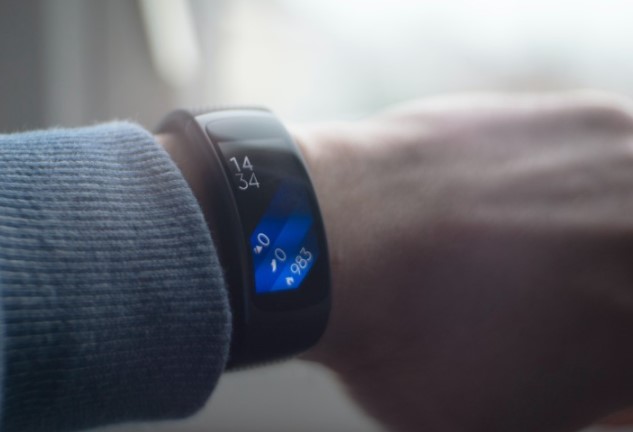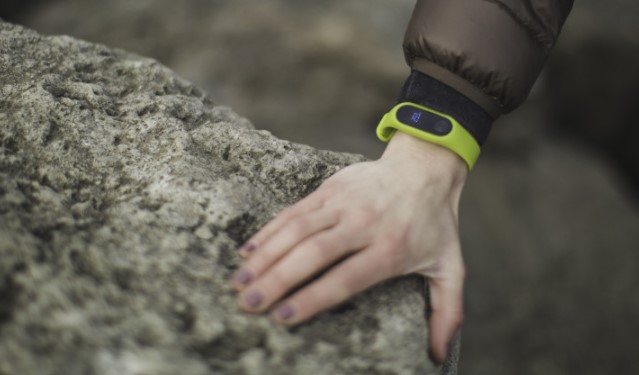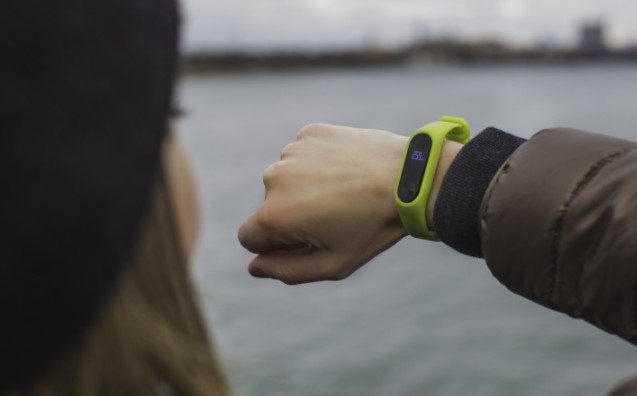As a Fitbit device user, have you ever come to think of how accurate your Fitbit is? How do you know if steps are correctly counted, or maybe what’s the most accurate Fitbit Device? Accuracy is one of the good reasons that help things function smoothly. You can fix an inaccurate Fitbit by rebooting, wearing it correctly, updating the firmware, etc.
A Fitbit is a technological piece and an activity tracker that calculates your daily workout as you move on throughout the day. For this reason, a Fitbit has to be acceptably accurate. According to research on Fitbit exactness, it was found that most Fitbits are entirely accurate for counting steps about 50% of the time.
It was also discovered that the more the different places the device was worn, the more accuracy increased. For instance, wrist placement was more accurate for jogging. Keep reading this article to learn how well Fitbit maintains tabs on steps taken and how it calculates your steps and sleep.
How Precisely Is the Accuracy of a Fitbit?

It is considered that a Fitbit device is surprisingly accurate, but nothing is perfect! So are Fitbits. This is because mobility is affected by different factors. They are commonly known as undercounting or overcounting of steps.
Pushing and pulling a shopping trolley may cause the device to undercount steps. Riding a bike may cause a Fitbit to overcount steps. It may not be perfect, but they may assist you in improving your Fitness.
The World’s Most Accurate Fitbit Devices
Although accuracy is not everything, there are some accurate Fitbit devices you can go for in the market today. Below is a list of the most accurate Fitbit products;
- Fitbit Charge 5 (It is the best of them all in terms of accuracy).
- Fitbit Sense
- Fitbit Versa 2
- Fitbit Charge 3
- Fitbit Charge 4
- Fitbit Luxe
- Fitbit Inspire 2
- Fitbit Versa 3
Accuracy of a Fitbit When Tracking steps
Fitbit uses an accelerometer that entails three axes that can detect movement in any given direction—for instance, moving back and forth, up and down, or tapping your hands on a surface.
However, ensure you’ve correctly worn your Fitbit tracker, have the correct Fitbit placement setting in the Fitbit app, and your data should be correct. The personal data is essential since the formula used to calculate the distance traveled is inferred by stride length, height, and gender.
Step count may also defer depending on where you wear your Fitbit. For instance, in case your wear your Fitbit in a flexible accessory like a bangle, you’ll notice a scantily different step count than if you were on a classic band.
Tips to Fixing a Fitbit That’s Not Counting Steps Accurately
- Wear the Fitbit Correctly.
- Have the correct Fitbit placement setting that’s in the Fitbit app.
- Ensure the personal data is correct in the Fitbit app.
- Assess the firmware update.
- Shut down GPS.
- Reboot.
- Add as a new device.
- Get on to factory reset.
- Log the non-active times.
What to Do if Step Count is Inaccurate
If you notice that your step count and distance are inaccurate, confirm your wrist setting and height in the Fitbit app. Height is used in estimating how long you have been walking or running. For this reason, you may opt to measure and manually adjust the values if your legs are longer or shorter than the average.
In most cases, when walking, your steps may not update on your Fitbit device immediately. You’ll realize the steps have caught up after about 11 to 15 and update in real-time with each step taken.
Ensure you wear your Fitbit device properly in a clip and adjust your Fitbit setting from ‘on the wrist’ to ‘on the clip.’
Accuracy of a Fitbit When Tracking Sleep

It’s funny, fascinating, and shocking how the device tracks your sleep pattern based on your movement at night. If you don’t make a move, your device presumes you have fallen asleep. If you move without taking even a tiny step, it assumes that you are restless. If you’re walking about, it assumes you are already awake.
For these reasons, accuracy may not be everything indeed. However, the good news is that the Fitbit tracker was frequently inaccurate by the researchers. Sleep scientists are working towards the improvement of sleep tracking accuracy. This will help to avoid complications and ineffective performance.
Accuracy of a Fitbit When Tracking Heart Rate

The Fitbit Charge HR, the Fitbit Charge 2, the Fitbit Surge, and the Fitbit Blaze are critical devices for heart rate tracking. These Fitbit devices use Pure Pulse technology to measure your pulse.
The device is designed with flashing lights found on the bottom of the Fitbit tracker measuring blood flow. For accurate results, it is recommended you follow the tips below:
- Wear the tracker a few inches just above your wrist and ensure the back of your Fitbit device interacts with your skin.
- For improved fit during exercise, wear your Fitbit device tighter and high.
- Wear the device a finger’s width above the wrist bone when not exercising.
The Ideal Hand for Wearing Your Fitbit Device

The ideal hand is the dominant hand that you can use for writing and eating. Ensure that you wear your Fitbit just above your wrist. For features like heart monitoring, the back of your Fitbit should touch your skin for better results. Your band shouldn’t be too tight. Wear it loosely so that it can move freely on your wrist.
In an advanced world, Fitbit devices would be defined as technological micro-sized laboratory equipment on your wrist that accurately collects your data precisely.
The Bottom Line
If you are into sports or wellness exercises, you understand how critical it is to monitor your heart rate, blood pressure, and steps made when in motion. The Fitbit is an ideal device that comes in handy and helps you in performing all the above chores. But what if the device gives inaccurate readings? Well, all is not lost. You can troubleshoot the issue by rebooting your Fitbit, updating its firmware, wearing it correctly, and feeding it with the correct data about yourself, among other remedies.
Reference 1: Fitbit Troubleshooting For Six Common Problems (lifewire.com)
Reference 2: How to make sure your Fitbit is counting steps correctly | Mashable
Fitbit’s accuracy improves each year. unfortunately, it’s impossible to consolidate large sums of money, approximately billions of dollars worth of laboratory equipment, into a bracelet-sized tracker. We sincerely hope there will be a real and tremendous improvement in Fitbit accuracy as time goes by. When this problem is solved, Fitbit devices will be fun as they serve their purpose better.

